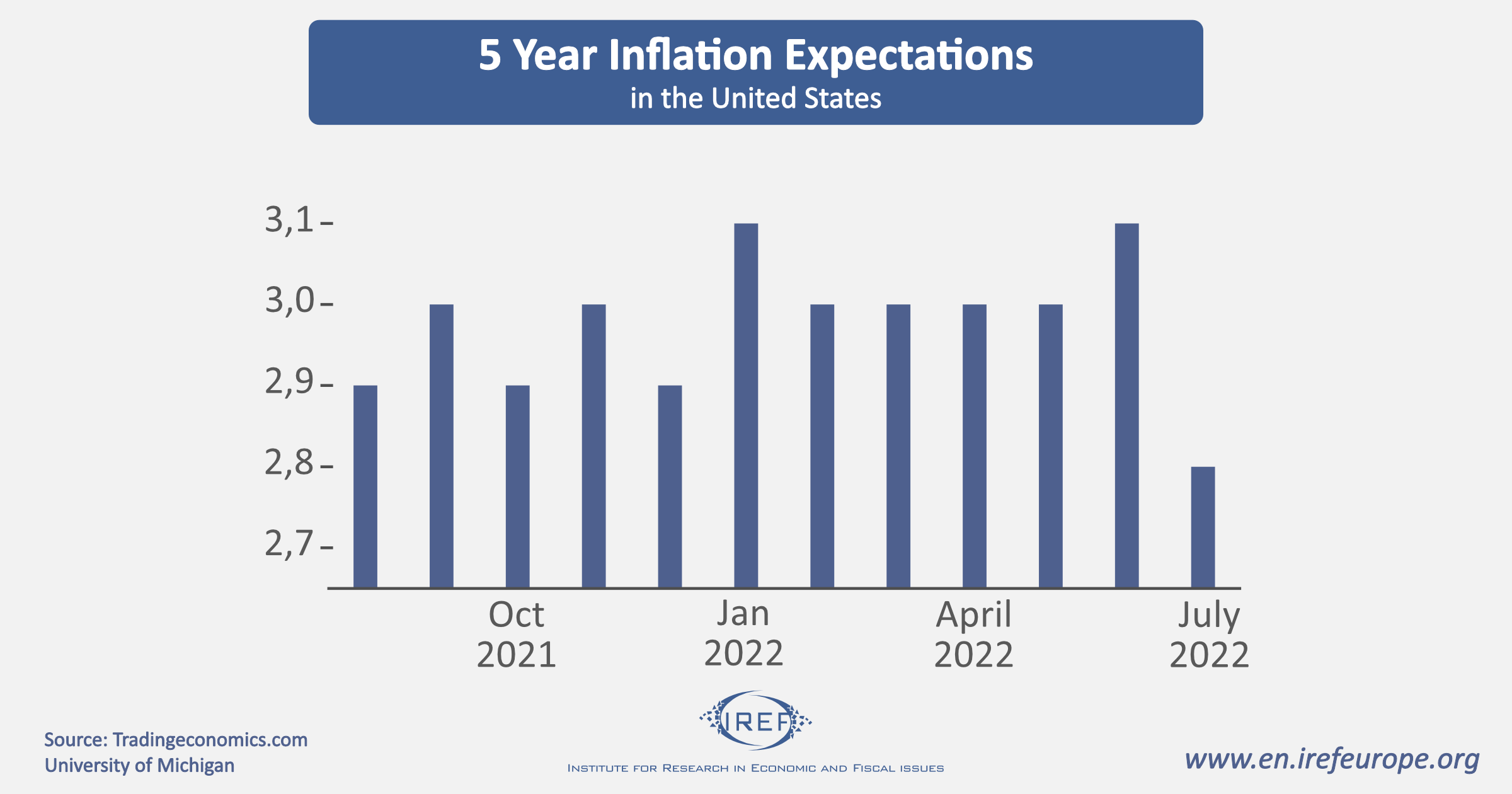Consumer prices started rising in 2021, and the rise has quickly gathered speed. Many politicians and central bankers were caught by surprise. They initially claimed that price inflation was provoked by bottlenecks in the global supply chains which would soon disappear. Then the culprit became the war in Ukraine.
Now it seems clear that inflation will last longer and growth opportunities are jeopardized. Moreover, the broken promise of price stability could lead to a loss of trust in institutions, particularly in the Eurozone.

Inflation is a monetary phenomenon
Interesting enough, even today the prevailing political narratives neglect to consider that monetary policy plays a role in bringing about the current price increases. By contrast, recent monetary history draws attention to three issues that need to be kept in mind when it comes to monetary disorder: the origin of inflation, the relevance of monetary policy, the role of central banks.
The origin of inflation: The term inflation originated in the mid-19th century and referred to increases in the quantity of paper money in circulation in excess of the quantity of the good which would guarantee convertibility (e.g., gold). Thus, some 200 years ago economists had little doubt about the monetary nature of inflation. In the past, it described a situation in which too much (paper) money was chasing a given quantity of gold. Today, it refers to a situation in which too much money chases limited quantities of goods. Put differently, and consistent with the 19th century view, inflation means that too much money is being available, and the rise in prices is the consequence. This was apparent in the past decade, when the “goods” were financial assets and real estate, and is apparent today, when the prices of consumption goods make headlines. Therefore, price rises are not mere accidents. They come from an excess money supply relative to the availability of goods. Inflation is made more problematic when production is stagnant or when production and production facilities remain idle or when they are lost (e.g. due to regulation or wars). Inflation is also made more problematic if a relevant share of production fails to meet the buyers’ expectations. This is often the case for goods and services produced by the public sector.
Monetary policy: In theory, the fight against price inflation could follow a simple strategy: stop expansionary monetary policy. Alas, this strategy is unlikely to be enforced, since monetary inflation is a means through which politicians can hand out privileges, cover up past mistakes that affected the production in the real economy, and kick the can down the road by not addressing structural problem. The main mechanism of expansionary monetary policy consists in manipulating the interest rate. Commercial banks are encouraged to lend and governments are encouraged to borrow. The beneficiaries are often unreliable private borrowers, bad commercial banks with liquidity problems, and irresponsible governments that jump at the opportunity to increase their indebtedness. Since the beneficiaries enjoy the privileges and new potential beneficiaries knock at the door, many politicians welcome ever new rounds of expansionary monetary policy. The price of expansionary monetary policy is inflation and it is shouldered by all in the long-run.
Central banks: Central banks could stop the vicious circle by turning down requests to manipulate the credit and money markets by injecting ever more money. That is, central banks have all the tools to stop inflation from increasing. Therefore, economists have suggested that central banks must be independent and follow clear mandates that usually require them to limit inflation. This gives them monetary dominance over fiscal dominance, that is they have no obligation to keep the feedback loop from sovereign debt developments to monetary policy decisions running. But formal independence does not seem sufficient to establish price stability, as can be seen the present situation.
Companies as central bankers
If formal rules are not sufficient, what could help? Additional competition, of course! In particular, we suggest that competition from companies can increase the credibility of promises to stick to mandates of price stability.
Allowing companies of international repute to compete for the top job as central bankers would kill four birds with one stone. First, it would extend the time horizon of the central banker well beyond the working life of an individual. Second, while individual central bankers are vulnerable to local interest groups and may even plan a future career in politics, companies are evaluated by a global audience and their mistakes result in significant losses of reputation. Third, in contrast with an individual candidate as a central banker, a company does not have to please the world of politics but it would be judged by fulfilling its mandate of stable inflation. Indeed, the future of a company depends on its performance regarding whether it fulfills its mandate, not on its capacity to please the wishes of currently active politicians. Fourth, the additional competition induced by having companies run as central bankers would also improve the current performance of individual central bankers: The threat of being replaced due to bad inflationary performance as a central banker by a company such as Goldman Sachs will induce some individual central bankers to focus on their mandate of price stability. Thus, companies as central bankers would not “save the world”, they would simply ensure price stability according to their mandate.


